Sometimes I wonder how I made it through school without having read these (some more than others), but I did. I guess you can’t read everything! A few of these I’ve read abridged verisons or excerpts, but I hope to read these “one day.”
For now…it’s a list.
Bradbury, Ray. Fahrenheit 451.
Cather, Willa. My Antonia.
Cooper, James Fenimore. The Last of the Mohicans.
Cormier, Robert. The Chocolate War.
Crane, Stephen. The Red Badge of Courage.
de Cervantes, Miguel. Don Quixote.
Dickens, Charles. A Tale of Two Cities.
Dickens, Charles. Great Expectations.
Dostoyevsky, Fyodor. Crime and Punishment.
Fielding, Henry. Tom Jones.
Frank, Anne. Anne Frank: The Diary of a Young Girl.
Forster, E. M. A Passage to India.
Garcia Marquez, Gabriel. One Hundred Years of Solitude.
Goethe, Johann Wolfgang von Faust
Golding, William Lord of the Flies
Hawthorne, Nathaniel The Scarlet Letter
Heller, Joseph Catch 22
Hemingway, Ernest A Farewell to Arms
Hesse, Herman. Siddhartha
Hugo, Victor. Les Misérables.
Huxley, Aldous Brave New World
Irvin, John. A Prayer for Owen Meany
Joyce, James A Portrait of the Artist as a Young Man
Kesey, Ken. One Flew Over the Cuckoo’s Nest.
Machiavelli, Niccolo. The Prince.
Orwell, George. Animal Farm.
Orwell, George. 1984.
Plath, Sylvia The Bell Jar
Remarque, Erich Maria. All Quiet on the Western Front.
Salinger, J.D. The Catcher in the Rye
Shaw, George Bernard Pygmalion
Sinclair, Upton. The Jungle.
Steinbeck, John The Grapes of Wrath
Steinbeck, John. Of Mice and Men
Stevenson, Robert Louis Treasure Island
Stowe, Harriet Beecher Uncle Tom’s Cabin
Swift, Jonathan. Gulliver’s Travels.
Thackeray, William Vanity Fair
Thoreau, Henry David Walden
Twain, Mark The Adventures of Huckleberry Finn.
Twain, Mark. The Adventures of Tom Sawyer.
Voltaire Candide
Vonnegut, Kurt Jr. Slaughterhouse-Five
Walker, Alice The Color Purple
Wells, H.G. The Time Machine
Welty, Eudora Thirteen Stories
Wilde, Oscar The Picture of Dorian Gray
Williams, Tennessee The Glass Menagerie.
Wolfe, Thomas. Look Homeward, Angel

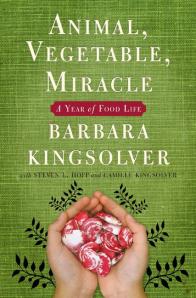 participating in the discussion. I thought it would be a much faster read and wasn’t expecting a book about eating locally to be so lengthy. It took me six weeks to finish picking it up here and there.
participating in the discussion. I thought it would be a much faster read and wasn’t expecting a book about eating locally to be so lengthy. It took me six weeks to finish picking it up here and there.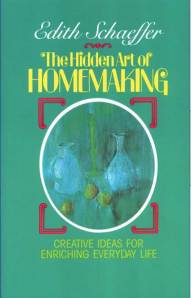 I don’t remember where I first saw this book, but I was intrigued.
I don’t remember where I first saw this book, but I was intrigued. 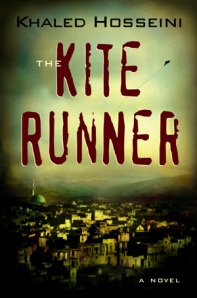 I found a new favorite.
I found a new favorite.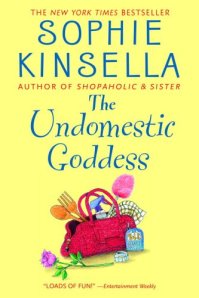 I was book browsing last week at the library and feeling the need for a little pick me up and came across
I was book browsing last week at the library and feeling the need for a little pick me up and came across 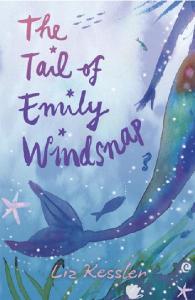 having mermaid hair, or playing mermaids with friends in the pool. Needless to say, I would have loved
having mermaid hair, or playing mermaids with friends in the pool. Needless to say, I would have loved  I found this book browsing through my library’s new books and thought I might as well give it a try. I doubted whether I’d finish it or, tell you the truth, if I’d even start it. You know how you check books out from the library and they stay on your shelf until it’s time to return them? That often happens in my house.
I found this book browsing through my library’s new books and thought I might as well give it a try. I doubted whether I’d finish it or, tell you the truth, if I’d even start it. You know how you check books out from the library and they stay on your shelf until it’s time to return them? That often happens in my house.
